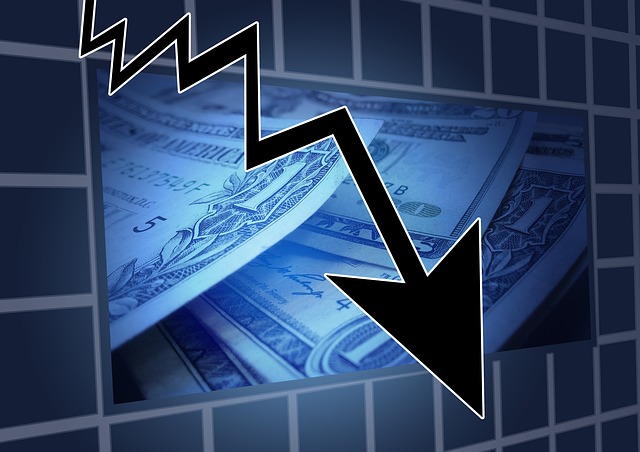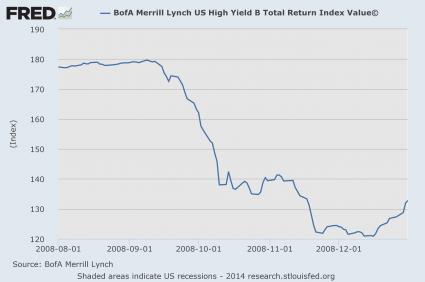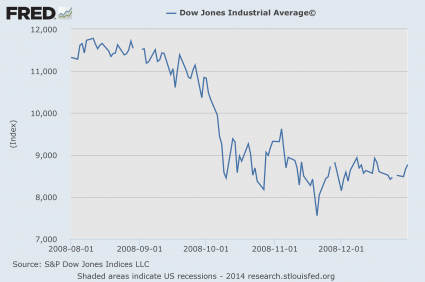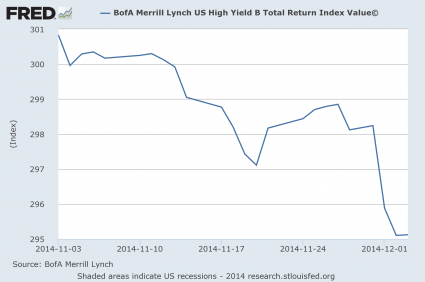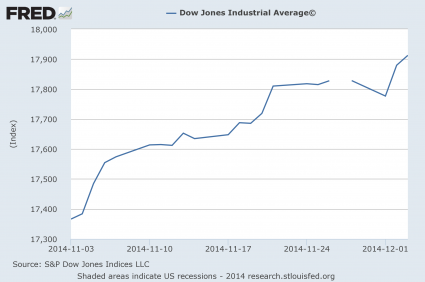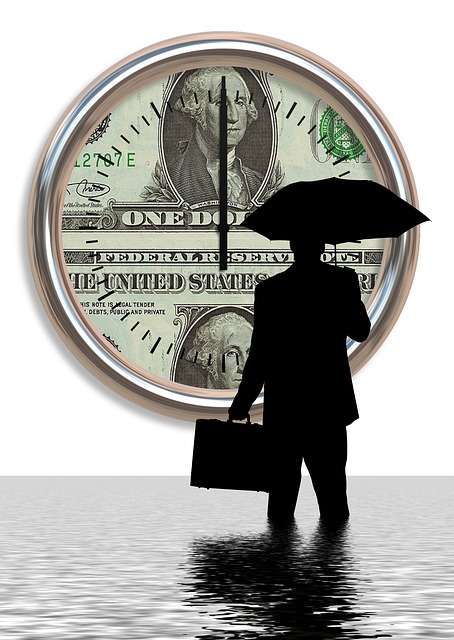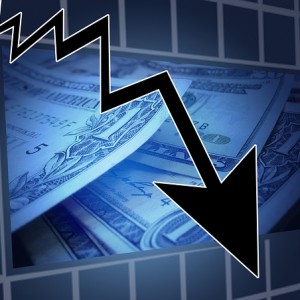 It isn’t just the price of oil that is collapsing. The last time commodity prices were this low was during the immediate aftermath of the last financial crisis. The Bloomberg Commodity Index fell to 110.4571 on Monday – the lowest that it has been since April 2009. Just like junk bonds, industrial commodities are a very reliable leading indicator. In other words, prices for industrial commodities usually start to move in a particular direction before the overall economy does. We witnessed this in the summer of 2008 when a crash in commodity prices preceded the financial crisis in the fall by a couple of months. And right now, we are witnessing what may be another major collapse in commodity prices. In recent weeks, the price of copper has declined substantially. So has the price of iron ore. So has the price of nickel. So has the price of aluminum. You get the idea. So this isn’t just about oil. This is a broad-based commodity decline, and if it continues it is really bad news for the U.S. economy.
It isn’t just the price of oil that is collapsing. The last time commodity prices were this low was during the immediate aftermath of the last financial crisis. The Bloomberg Commodity Index fell to 110.4571 on Monday – the lowest that it has been since April 2009. Just like junk bonds, industrial commodities are a very reliable leading indicator. In other words, prices for industrial commodities usually start to move in a particular direction before the overall economy does. We witnessed this in the summer of 2008 when a crash in commodity prices preceded the financial crisis in the fall by a couple of months. And right now, we are witnessing what may be another major collapse in commodity prices. In recent weeks, the price of copper has declined substantially. So has the price of iron ore. So has the price of nickel. So has the price of aluminum. You get the idea. So this isn’t just about oil. This is a broad-based commodity decline, and if it continues it is really bad news for the U.S. economy.
Of course most Americans would much rather read news stories about Kim Kardashian, but what is happening to the prices of these industrial metals at the moment is actually far more important to their daily lives. For example, when the price of iron ore goes down that is a strong indication that economic activity is slowing down. And that is why it is so troubling that the price of iron ore has almost sunk to a five year low. The following comes from an Australian news source…
The price of iron ore has held below $US70 a tonne in overnight trade, leaving its five-year low within reach.
At the end of the latest offshore session, benchmark iron ore for immediate delivery to the port of Tianjin in China was trading at $US69.40 a tonne, down 0.4 per cent from its previous close of $US69.70 a tonne and only 2 per cent above the five-year low of $US68 reached a fortnight ago.
This week’s dip back under $US70 a tonne has followed revised forecasts from JPMorgan that suggest the commodity will average just $US67 a tonne next year, about $US20 below the investment bank’s previous expectation.
Copper is probably an even better economic indicator than iron ore is. Economists commonly refer to it as “Dr. Copper”, and there is a really good reason for that. Looking back over history, the price of copper often makes a significant move in one direction or the other before the economy does. And now that the price of copper just hit the lowest level that we have seen since the last financial crash, alarm bells are going off. The following comes from an article by CNBC contributor Ron Insana…
Copper prices are now below $3 a pound and there’s an expression that “the economy is topped with a copper roof.” More simply put, copper tends to top out in price, before it becomes obvious that, in this case, the global economy is about to weaken.
So is the global economy heading for rough waters?
Could 2015 be a very rough year economically?
According to Insana, the signs are all around us…
We already have evidence that the commodity crash has ominous portents for the rest of the world:
* Japan’s recession is deeper than previously thought.
* China’s demand for basic materials, amid a glut of uneconomic construction projects, appears to be plummeting.
* Russia’s ruble has collapsed and the country is on the brink, if not already in, a recession.
* India’s economic recovery is beginning to look shaky.
* Europe’s growth rate and inflation rate, for the next two years, were just revised downward by the European Central Bank, suggesting that Europe’s economic crisis is far from over. In fact, at least one former European leader with whom I recently spoke, believes the crisis in Europe may just be in its early stages.
* Brazil and other emerging market nations are struggling with a variety of issues, from recessions at home, to the rising value of the dollar, which is complicating how emerging markets conduct economic policies at home, given how closely their currencies are tied to the greenback.
In addition, the Baltic Dry Index is now at the lowest point that we have seen at this time of the year since 2008…
Simply put, with collapsing commodity prices (iron ore for instance) and massive fleets of credit-driven mal-investment-based vessels, it should surprise no one that the shipping index just plunged back below 1000, now at its lowest for this time of year since 2008. Furthermore, the seasonal bounce always seen in Q3 was among the weakest ever.
What does all of this mean?
It is commonly said that those that do not learn from history are doomed to repeat it.
So many of the exact same patterns that we witnessed leading up to the financial crash of 2008 are happening again.
Unfortunately, very few people saw the last crash coming, and this next crash will take most Americans by surprise as well.
I have written more than 1,200 articles about the economy on my website since 2009, and right now our financial system is more primed for a crash than at any other time since I started The Economic Collapse Blog.
Hopefully we have at least a couple more months of relative stability, but without a doubt 2015 is shaping up to be the most “interesting” year that we have seen in the financial world in a very long time.
All of the signs are there. But most people choose to believe that everything is going to be okay somehow. When the next crash comes, those people are going to be absolutely blindsided by it.
When you see storm clouds on the horizon, the logical thing to do is to prepare. And the number one thing that most people should be working on is an emergency fund. So don’t be frittering your money away on frivolous things. In the early stages of this next crisis, you are going to need money to pay the mortgage, to put food on the table and to take care of your family.
Just remember what happened back in 2008. A lot of middle class families were living on the financial edge every month, and because they didn’t have any cushion to fall back on, millions of those families ended up losing their homes when their jobs disappeared.
You need to have an emergency fund that can cover at least six months of expenses. You don’t want a job loss or a major emergency to put you into a situation where your family could be put out into the street.
And for those that still have lots of money invested in the stock market – I really hope that you know what you are doing.
The market giveth, and the market taketh away.
And when the market taketh away, the consequences can often be exceedingly cruel.
